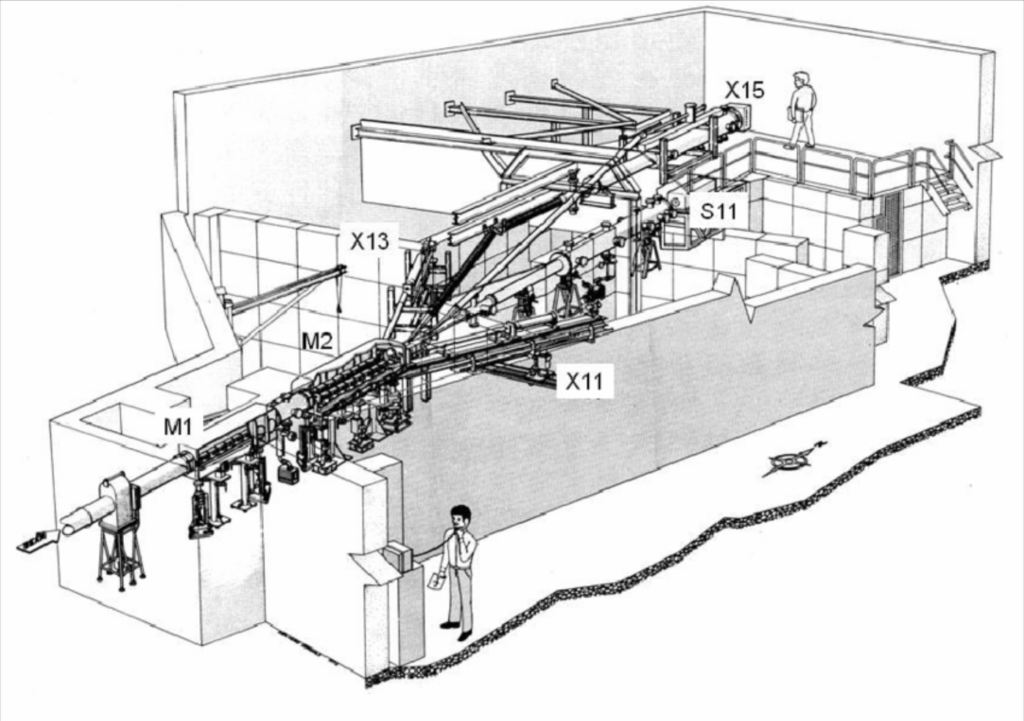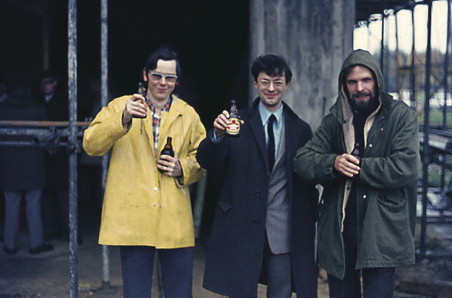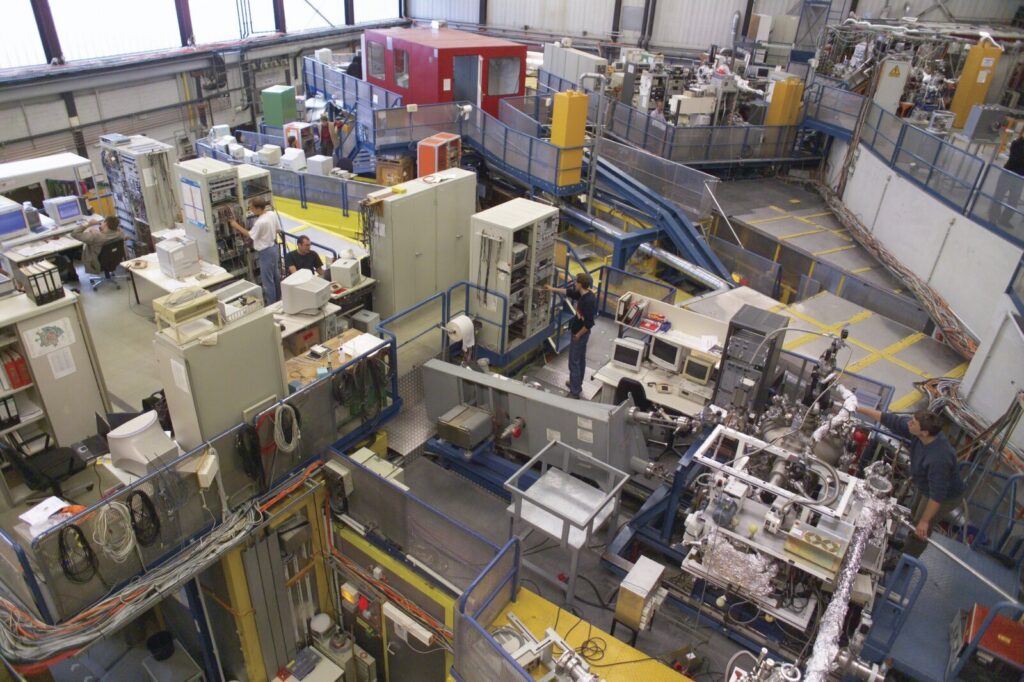A Machine Called DORIS
How EMBL Hamburg and DESY spun straw into gold.
This year EMBL Hamburg turns 50 as an official EMBL site. In our previous article we looked into the indelible role which Ken Holmes played in the founding of the site and the establishment of synchrotron radiation’s use in molecular biology. In this article, we’d like to delve a little deeper into how this continued to develop at EMBL Hamburg, in particular through the Double Ring Storage Facility, or DORIS for short.
The decision to construct Germany’s first storage ring for use in particle physics was made in 1968, 3 years before the Rosenbaum-Witz-Holmes experiment took place. At that time, the X-Rays produced as a waste product of high-energy acceleration were seen as just that. However, scientists like Holmes saw the potential of this radiation, and after the Rosenbaum-Witz-Holmes experiment provided a viable use-case for its use in molecular biology, EMBL reached an agreement with DESY to establish the EMBL Hamburg site. An essential part of this agreement was the construction of Bunker IV at DORIS, which built on the previous labs Holmes and his team had constructed in Hamburg and would feature a beamline attached to the ring. In 1976 Heinrich Stuhrmann was appointed to lead the site as director, the construction of both DORIS and Bunker IV was completed, and EMBL Hamburg began to recruit staff.


However, while Bunker IV had been constructed, and the hypothesis that electron synchrotrons could be used for these diffraction experiments had been proven, bringing the full potential of this novel use of technology to bear took many “frustrating” years of work, according to Hugh Huxley. He and his team worked both at EMBL Hamburg and at the NINA synchrotron at Daresbury, and hit a breakthrough in 1980, when they were finally able to prove how muscles work in detail. Using the powerful, tightly focused X-ray beam from the DORIS synchrotron, they shone radiation through working muscle fibers to record diffraction from the protein filaments inside. From the changes in those diffraction patterns, they deduced that the myosin head acts as the true “motor”, swinging a small lever arm in a rapid motion as it uses chemical energy. That swinging lever pulls the actin and myosin filaments past each other, causing the muscle to contract. After almost a decade they were able to realise the potential that Holmes et al had shown was possible.
This experiment was just one of many that was part of a boom in synchrotron radiation experiments, and EMBL Hamburg was at the forefront of this sea change, adding new equipment and beamlines to meet the demand. By 1982 engineers had almost doubled the energy collision power of DORIS’ beamlines, and two years later DORIS underwent a major upgrade with the installation of wigglers and undulators, which dramatically boosted the brilliance of the synchrotron light, making it around a hundred times more intense than that of conventional storage rings. All of these developments helped spur EMBL’s creation of the world’s first online imaging plate scanner for protein crystallography in 1990, a technology which is still in widespread use today. It was clear that the demand for such a facility wasn’t going to go away, and so the decision was made to further upgrade DORIS to its third iteration by converting it into a dedicated synchrotron radiation facility. “DORIS III” served 36 photon beamlines, where 45 instruments were operated in rotation. By the year 2000, DORIS III hosted 500 external visitors, with nearly 15% of all biological macromolecular structures across the world being identified at EMBL Hamburg. Furthermore, experiments conducted at DORIS III’s beamlines resulted in the production of 12,000 publications. Perhaps most famously, Nobel Prize winning chemist Ada Yonath conducted experiments at DORIS III in 1999 which led to her deciphering the ribosome.


DORIS III’s list of plaudits wasn’t confined to molecular biology, however. The infrastructure that EMBL created enabled academics across a variety of disciplines to advance their research. In 2011, for instance, a team of researchers, including scientists at DESY, EMBL’s long-time host and collaborator, used synchrotron light from DORIS to verify the authenticity of a previously disputed Vincent van Gogh painting. At that time, focus had moved away from DORIS towards the creation of new technology at the PETRA ring. Even so, DORIS proved to be essential as a testing ground for these new beamlines. With the work of setting up her successor for success complete, DORIS III finished her last experiment at 8am on Monday 22nd October 2012 before shutting down for good.
Over the course of nearly forty years, DORIS’ X-Rays helped researchers uncover the mysteries hidden within everything from medieval manuscripts to molecules, leaving behind an incredible scientific legacy which helped put EMBL Hamburg on the map.